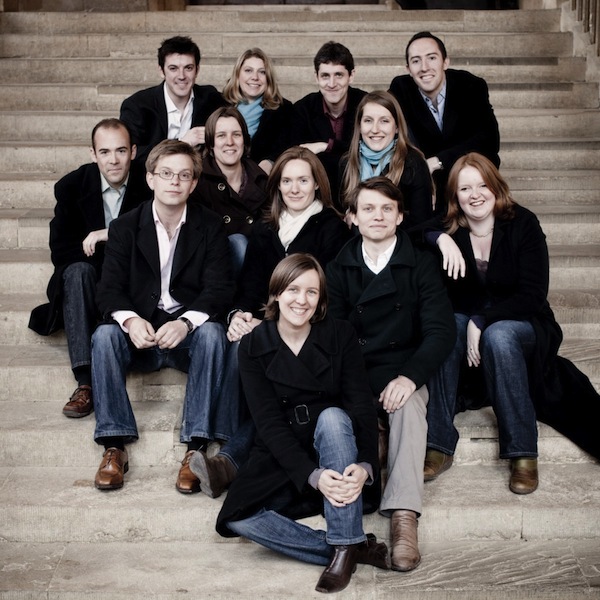Polished and pastoral Victoria delivered from Stile Antico

Stile Antico performed Sunday at Corpus Christi Church in the Music Before 1800 series.
Even to the practiced ear, the great composers of polyphonic Renaissance vocal music can be difficult to differentiate. It is equally hard to separate one beautiful mass, or other liturgical work, from another. It was an era of modal harmonies, which veiled national and individual styles.
One composer in this context whose music always remains distinctive was Tomás Luis de Victoria. Sitting somewhere between Palestrina’s harmonic complexity and Monteverdi’s earthiness—he was younger than Palestrina and older than Monteverdi—Victoria’s clear-cut rhythms and the exceptional, lyrical clarity of his text settings make his work some of the most communicative and graceful of the epoch.
Along with the music, there is an equal problem of separating the sound of one fine vocal ensemble from another. One of the most notable groups on the early music scene, Stile Antico, appeared at Corpus Christi Church Sunday afternoon, singing Victoria, in Music Before 1800’s penultimate concert of their season.
The program, which can be heard on a fine CD released in March on the Harmonia Mundi label, was the Tenebrae Responsories for Maundy Thursday, Good Friday, and Holy Saturday. It may have come one week too late, but this was still a welcome experience to hear this under-appreciated composer.
Stile Antico marks themselves through the color of their sound and a quality of robustness, even roughness, that came out of the Responsories but is rarely channeled by these types of groups. Polish and exquisitely balanced intervals are the hallmark all around, but when push comes to shove, as so often in Victoria, most groups rely largely on a finely controlled delivery.
Victoria’s directness means that the music hits heights of passion and fervor, and Stile Antico was at times close to shouting out the music in “Eram quasi agnus” from the Thursday Responsories, so vehement was their performance. The musically articulated viciousness of “cum gladiis et fustibus exierunt tamquam ad latronem” (“they went out with swords and clubs as if to a thief”) from the final Thursday segment, “Seniores populi,” was like a blade being sharpened against a stone.
This expressive flexibility is unusual, and comes out of a passion for the music and the excitement of the moment that one could feel grow organically in the group. In more lyrical, melancholy parts, like the concluding sequence of the Holy Saturday Responsories, Stile Antico took on a velvety grain.
Adding additional color throughout the performance was the singing of twin-sister sopranos Helen and Kate Ashby, whose timbre was near that of a child soprano. Musicologically, one could find this a satisfying transmutation of history, but more vitally it was one more memorable feature of the ensemble and the concert, one additional means to effectively express the deep feelings in the music.
Adding to the Responsories, Stile finished the first half with Victoria’s motet, O Domine Jesu Christe, which added a profound weight to the chain of feeling built by the musical depiction of the Crucifixion. The motet begins in unison, then the first chord gradually unfolds like the rising sun to a cadence on “adoro te” (“I worship you”). It was spectacularly beautiful.
The very last Responsory, “Sepulto Domino” (“The Lord having been buried”) was the presage to the Resurrection. Instead of ending there, Stilo sang Francisco Guerrero’s motet Maria Magdalene. The music culminated in joy and glory, a wise end to a brilliant performance.
The Choir of Corpus Christi Church sings music by Victoria and other Spanish composers 4 p.m. April 22. mb1800.org


